Teagasc’s 2023 harvest report estimates that the country’s cereal output was back 20% on last year, with the drop being driven by both poor weather conditions and a 6.4% fall in the area under cereals.
The harvest fell 492,500t on 2022 levels and the yields of all crop types stood behind the five-year average when the harvest concluded.
A record area of winter oilseed rape at 20,500ha and spring beans at 14,900ha were sown, helping to reduce the impact of lower cereal plantings by taking the drop in overall tillage area to only 2% lower than it was in 2022.
The Teagasc report highlights both wet weather and drought at different times of the year as being responsible for yields reductions across the country.
The area drilled so far for harvest 2024 is estimated by Teagasc to be at its lowest level since 2013, as wet weather conditions continued into the autumn.
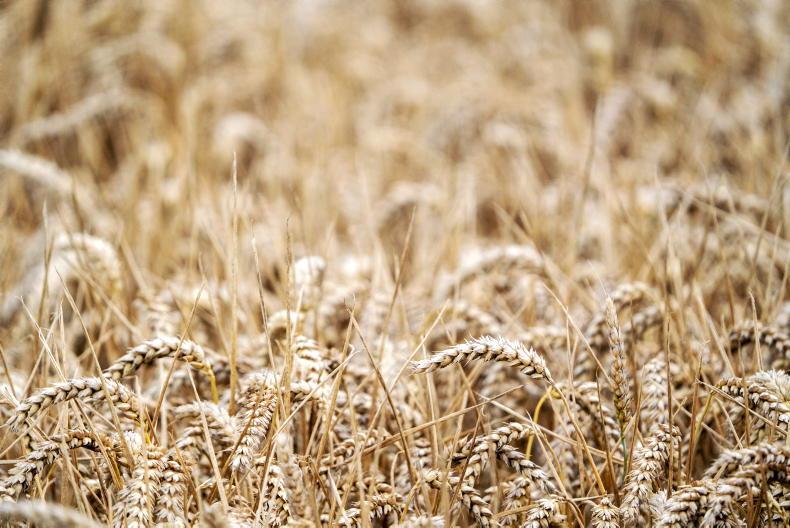
Most feed grains met quality standards, despite poor harvest conditions, Teagasc maintains. / Barry Cronin
Teagasc has said that further wheat and oat crops could be sown between now and mid-February if weather conditions allow, but there is also a “significant area” to be replanted in areas where wet conditions persisted after planting.
Year of extremes
Many farmers saw wet conditions for planting during the back end of 2022 and early 2023, which acted to lower the area of winter cereals and delayed spring planting.
Moisture conditions flipped in June, when drought hit late-sown spring barley.
Rains returned with a bang in July – the wettest July on record at 12 Met Éireann weather stations – and the first instances of weather-related lodging were seen, the report states.
Continued bouts of unsettled weather delayed harvest progress in August, with some crops remaining unharvested, mainly spring oats and spring barley.
However, Teagasc said that despite the difficult harvest, most feed grains remain within the required specification.
Straw output was also significantly reduced, according to Teagasc’s analysis, due to a combination of reduced area, lodging and poor baling conditions.
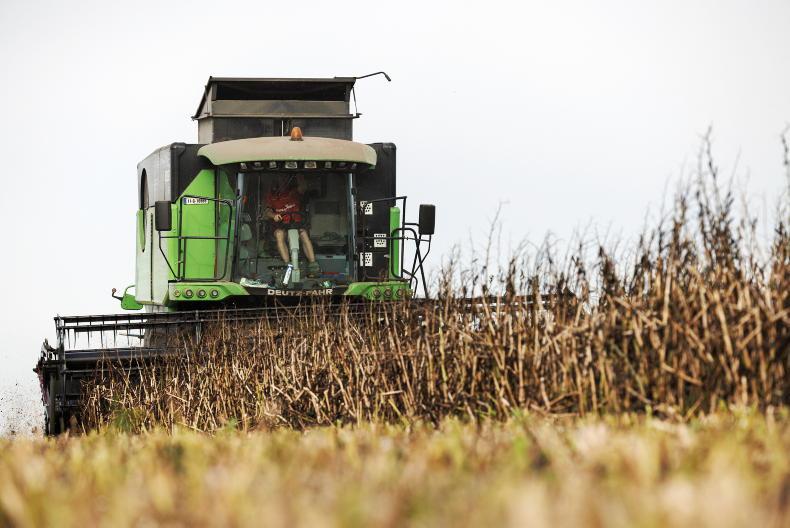
Harvest 2023 saw combines moving through record areas of both beans and rape. \ Donal O' Leary
The report estimates the following results for 2023’s tillage area and yields by crop type:
Winter wheat: area back 1,300ha and yields back 0.5t/ha.Spring wheat: area back 2,000ha and yields back 0.4t/ha.Winter barley: area back 12,600ha and yields back “slightly”.Spring barley: area up 15,300ha (less autumn planting) and yields back 1.1t/ha.Winter oats: area back 2,000ha and yields back 0.5t/ha.Spring oats: area back 2,000ha and yields back 0.3t/ha.Spring beans: area increased by 3,500ha on previous area record, but yields back 0.1t/ha.Winter rape: area increased by 3,000ha on previous area record, but yields back 0.2t/ha.Autumn planting lowest since 2013
Head of crop knowledge transfer at Teagasc Michael Hennessy pointed to extremes in weather as being the main factor to hit yields over the year.
“The cropping year leading up to the harvest of 2023 was very challenging, with excessive rain and drought conditions affecting the final yield in many crops.
"The weather pattern appears to be even more unpredictable than normal and many farmers are asking if climate change is already adversely affecting their businesses.”
Teagasc’s 2023 harvest report estimates that the country’s cereal output was back 20% on last year, with the drop being driven by both poor weather conditions and a 6.4% fall in the area under cereals.
The harvest fell 492,500t on 2022 levels and the yields of all crop types stood behind the five-year average when the harvest concluded.
A record area of winter oilseed rape at 20,500ha and spring beans at 14,900ha were sown, helping to reduce the impact of lower cereal plantings by taking the drop in overall tillage area to only 2% lower than it was in 2022.
The Teagasc report highlights both wet weather and drought at different times of the year as being responsible for yields reductions across the country.
The area drilled so far for harvest 2024 is estimated by Teagasc to be at its lowest level since 2013, as wet weather conditions continued into the autumn.

Most feed grains met quality standards, despite poor harvest conditions, Teagasc maintains. / Barry Cronin
Teagasc has said that further wheat and oat crops could be sown between now and mid-February if weather conditions allow, but there is also a “significant area” to be replanted in areas where wet conditions persisted after planting.
Year of extremes
Many farmers saw wet conditions for planting during the back end of 2022 and early 2023, which acted to lower the area of winter cereals and delayed spring planting.
Moisture conditions flipped in June, when drought hit late-sown spring barley.
Rains returned with a bang in July – the wettest July on record at 12 Met Éireann weather stations – and the first instances of weather-related lodging were seen, the report states.
Continued bouts of unsettled weather delayed harvest progress in August, with some crops remaining unharvested, mainly spring oats and spring barley.
However, Teagasc said that despite the difficult harvest, most feed grains remain within the required specification.
Straw output was also significantly reduced, according to Teagasc’s analysis, due to a combination of reduced area, lodging and poor baling conditions.

Harvest 2023 saw combines moving through record areas of both beans and rape. \ Donal O' Leary
The report estimates the following results for 2023’s tillage area and yields by crop type:
Winter wheat: area back 1,300ha and yields back 0.5t/ha.Spring wheat: area back 2,000ha and yields back 0.4t/ha.Winter barley: area back 12,600ha and yields back “slightly”.Spring barley: area up 15,300ha (less autumn planting) and yields back 1.1t/ha.Winter oats: area back 2,000ha and yields back 0.5t/ha.Spring oats: area back 2,000ha and yields back 0.3t/ha.Spring beans: area increased by 3,500ha on previous area record, but yields back 0.1t/ha.Winter rape: area increased by 3,000ha on previous area record, but yields back 0.2t/ha.Autumn planting lowest since 2013
Head of crop knowledge transfer at Teagasc Michael Hennessy pointed to extremes in weather as being the main factor to hit yields over the year.
“The cropping year leading up to the harvest of 2023 was very challenging, with excessive rain and drought conditions affecting the final yield in many crops.
"The weather pattern appears to be even more unpredictable than normal and many farmers are asking if climate change is already adversely affecting their businesses.”








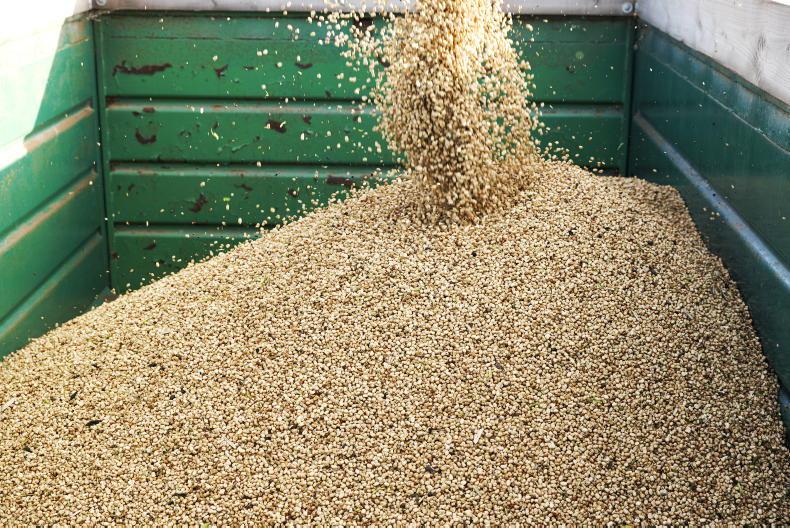
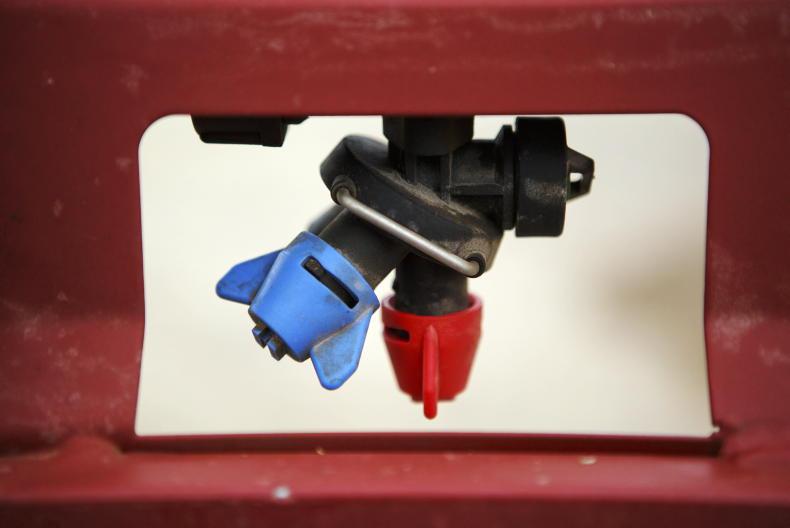
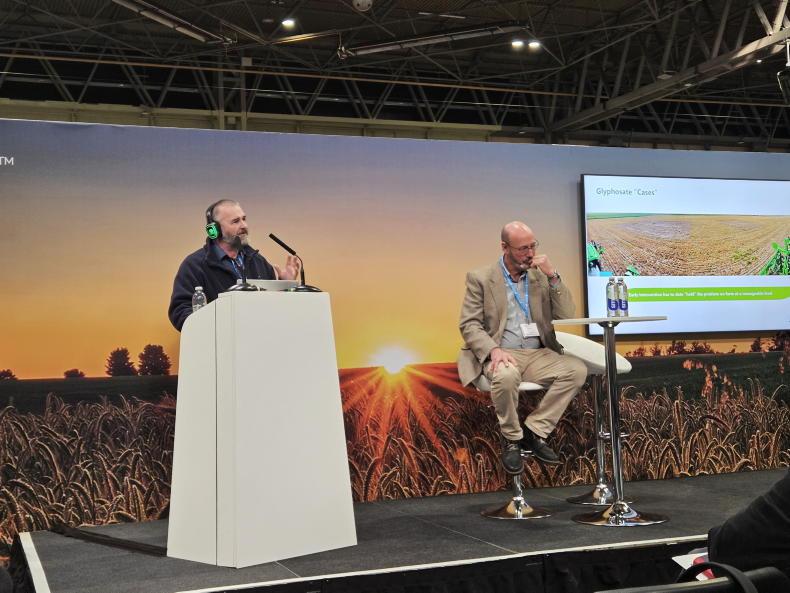
SHARING OPTIONS